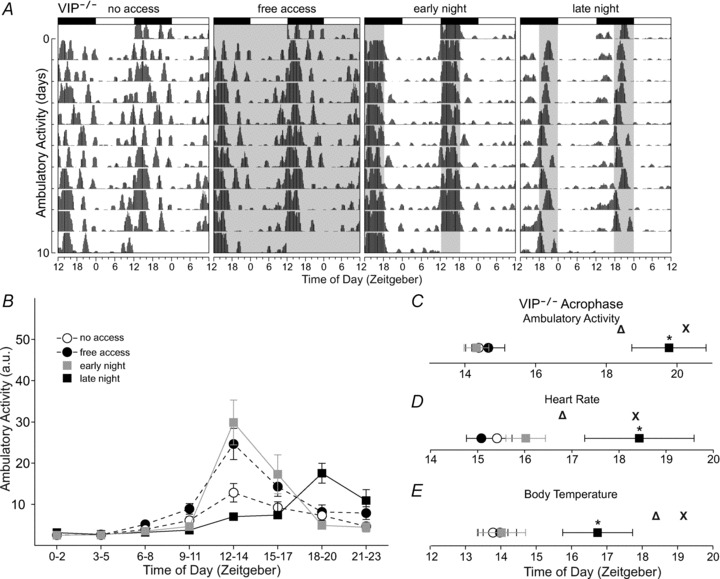Figure 5. Wheel access altered daily rhythmic properties of ambulatory activity, HR and body temperature in vasointestinal polypeptide (VIP)-deficient mice.

A, double-plotted raster plot using 10 consecutive days of ambulatory activity from the same VIP-deficient mouse subjected to the four wheel-access conditions in the presence of a 12 h–12 h light–dark cycle. The profile of ambulatory activity rhythms is altered by wheel access. B, group mean waveforms using 10 days of ambulatory activity data from VIP-deficient mice (n= 7) subjected to the various wheel-access conditions. Ambulatory activity data were grouped into 3 h bins. Wheel access increased ambulatory activity levels at certain time points of the light–dark cycle, including periods when wheel access was provided. For statistical results see Supplemental Table 8. Late night wheel access delayed and rescued the acrophase of ambulatory activity (C) and HR (D) in VIP-deficient mice. Body temperature acrophase was also delayed but only partly rescued (E; see main text and Supplemental Table 6). Open triangles represent WT acrophase subjected to no wheel access; crosses represent WT acrophase subjected to late night wheel access. Error bars are SEM (*P < 0.05).
